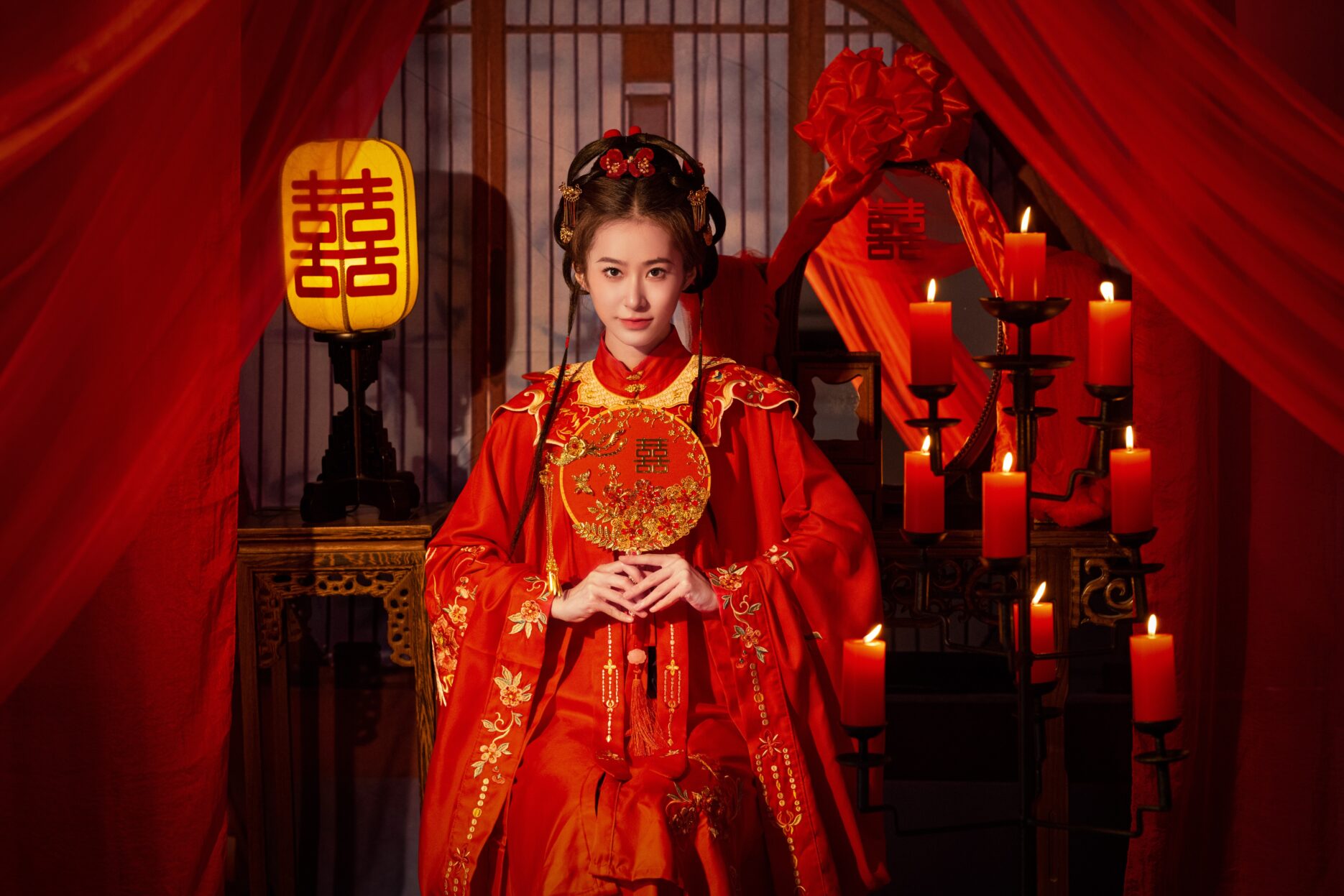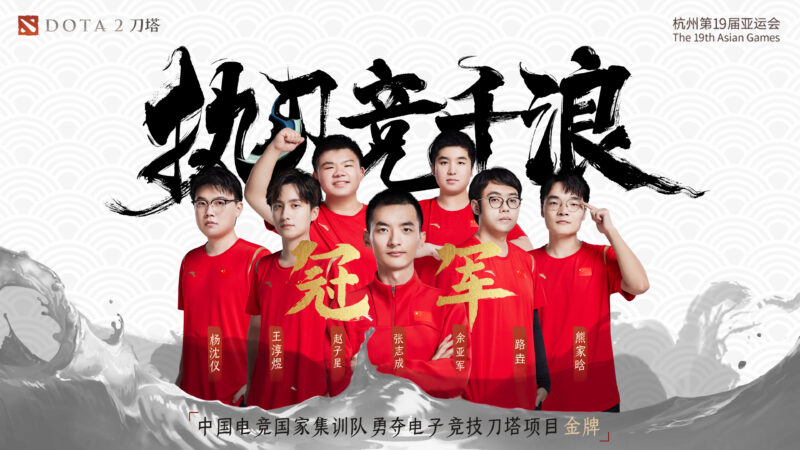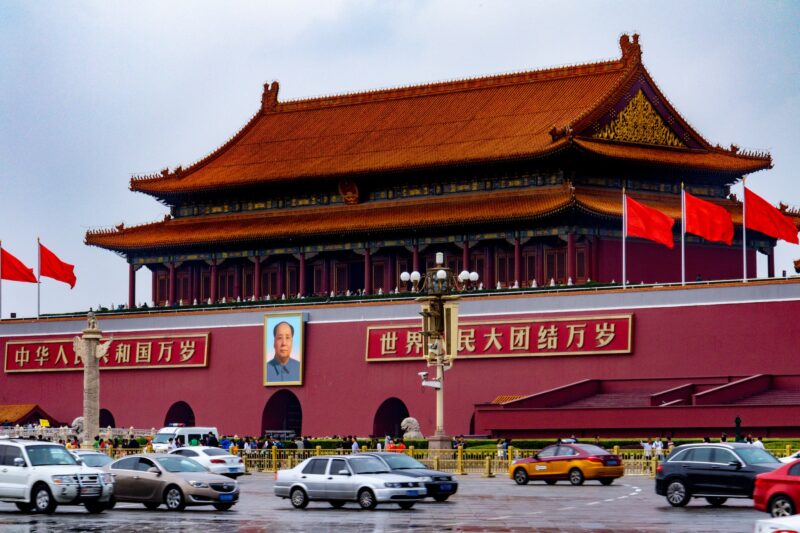A fashion week campaign by Shenzhen-based media firm CIQI CHINA has ignited considerable backlash after models were photographed striking poses with lanterns while standing on traditional “Eight Immortals” tables inside Chaoshan’s ancestral hall.
Intended to highlight Chaoshan culture, the juxtaposition of contemporary outfits against revered cultural symbols led to accusations of insensitivity and ignorance, especially from the Chaoshan community.

Both ancestral halls and the “Eight Immortals” tables hold deep cultural and spiritual significance in many parts of China, especially in Chaoshan. These locations are not merely historical artefacts but are living symbols where families commemorate their ancestors, safeguard stories of lineage, and celebrate the perpetuity of their culture. The tables, in particular, are central to many significant ceremonies, with offerings and incense candles being placed on them during occasions like weddings, funerals, and ancestral worship rites.
The controversial images quickly circulated online, generating intense criticism, especially from the Chaoshan community. Many accused CIQI CHINA of cultural insensitivity, with some comments suggesting the company was “treating ignorance as fashion”.
Following the outpouring of criticism, Ning Mimi, the chief planner of the campaign, issued an apology on China’s social media platform Xiaohongshu. In her statement, she expressed regret for the oversight in content creation and emphasised the company’s respect and admiration for Chaoshan culture. She also assured the public of CIQI CHINA’s continued commitment to understanding and respecting Chaoshan’s rich cultural heritage. Despite this, however, the apology didn’t seem to appease the angered netizens, with many continuing to condemn the brand’s approach.
This latest campaign flop serves as a stark reminder for businesses of the importance of cultural sensitivity and thorough research when attempting to represent or incorporate specific traditions into marketing campaigns. To foster positive relations and avoid unintended negative repercussions, brands must take caution when blending modern aesthetics with traditional symbols to ensure that the integration respects and honours the original cultural significance.









